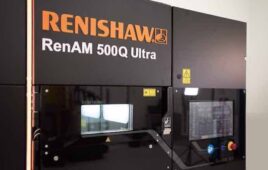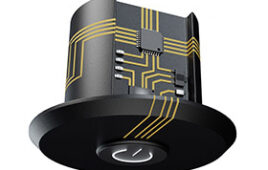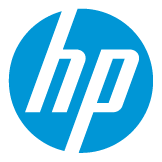Additive manufacturing is not just for academics and tinkerers anymore. Industry is utilizing metal 3D printing, as evidenced by the manufacturers and designers present at Cimquest’s 3rd annual Advanced Manufacturing Expo & Open House.
Industrial usage of 3D printing has taken off in recent years. Looking at the numbers, 29 percent of all additive manufacturing is used for functional parts, 17.8 percent for fit and assembly, 9.9 percent for patterns for prototypes, 9 percent for patterns for metal castings, and 4.7 percent for tooling components, according to 2016 data from SAP. Comparatively, 10.3 percent of 3D printing is used for visual aids, 8.7 percent for education or research, and 8.7 percent for presentation models. These numbers are not intended to be inclusive of all 3D printing uses.
Metal was certainly king at Cimquest’s event at its Branchburg, N.J., headquarters Wednesday.
Metal powders have been used in additive manufacturing for some time now, but producing metal components with the technology is a relatively new endeavor.
It all comes down to time spent learning about the parameters of metal printing and laser power speeds, and working through challenges, said Wesley Hart, marketing director with Imperial Machine & Tool Co.
The technology has evolved as well, with lasers improving and powder development allowing for the sphericality 3D metal printing demands, said Chris Joest, Imperial’s president. Learning about optimal temperatures and humidity levels — even environments — is critical to the evolution of metal additive manufacturing, Joest said.
But it’s also important to understand additive manufacturing’s limitations.
“People think this is a silver bullet, and it’s going to fix everything, but it’s not,” said Hart. “It doesn’t make sense to use a power drill when all you need is a hammer.”
What additive manufacturing is good for is prototyping. It’s relatively inexpensive to print a prototype. But this doesn’t mean researchers and inventors are the only ones using it. It’s also being utilized by people who know how to make stuff, Hart said.
It’s also good for cooling and thermal management systems, said Ben Arnold, Northeast sales manager with SLM Solutions. Fluid control can also be optimized using additive manufacturing processes.
Parts can be consolidated using the technology. General Electric reduced the part count on its fuel nozzles from more than 20 to just three by printing the parts, Arnold said.
“There’s less assembly, less paper trail, less welding, higher performance,” Arnold said. “The cost of producing the part is more expensive, but the cost to put it on an airplane is less expensive because there are fewer parts.”
The metal additive manufacturing sector is still an open frontier waiting to be explored.
“Metal 3D printing is like the wild, wild West,” Hart said. “If you can weld it, it will print. If it can’t, it doesn’t mean we can’t. We just have to get there.”
Filed Under: 3D printing • additive • stereolithography, Industrial automation




